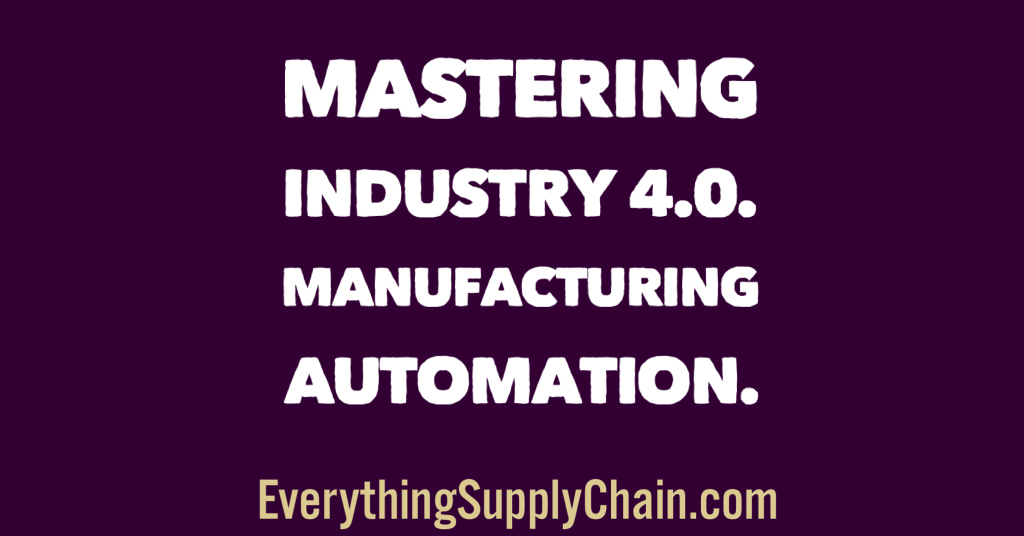How It Works: Internet of Things IoT
Internet of Things IoT
The Internet of Things (IoT) plays an important role in the supply chain by providing real-time data and connectivity between different devices and systems. This can greatly improve the efficiency, visibility, and responsiveness of supply chain operations.
- Real-time visibility: IoT-enabled devices, such as sensors and RFID tags, can be placed on products, vehicles, and equipment to provide real-time data on location, temperature, humidity, and other factors. This data can be used to track the movement of goods and monitor the condition of products in transit, improving visibility and reducing the risk of lost or damaged goods.
- Inventory management: IoT-enabled devices can also be used to track inventory levels in warehouses, distribution centers, and retail stores. This data can be used to optimize inventory levels and reduce the risk of stockouts or overstocking.
- Predictive maintenance: IoT-enabled devices can also be used to monitor the condition of vehicles, equipment, and machinery. This data can be used to predict when maintenance or repairs will be needed, allowing supply chain managers to schedule maintenance in advance, reducing downtime and improving efficiency.
- Automation: IoT can also be used to automate different aspects of the supply chain, such as tracking and monitoring, inventory management, and transportation management. This can help to reduce the need for manual labor and increase efficiency.
- Collaboration: IoT can also be used to share data and collaborate with partners and suppliers along the supply chain. This can help to improve coordination and reduce the risk of delays or disruptions.
Overall, IoT can help to improve the visibility, efficiency, and responsiveness of the supply chain, reducing costs and improving the overall customer experience.
Other videos you may find interesting:
- Emerging Technologies Improve Supply Chain: AI, AR, Blockchain, IoT, RPA, Robots…
- How It Works: Internet of Things IoT.
- How to Eliminate Cost in the Supply Chain.
- Internet of Things – The Tip of the Iceberg or The Tipping Point.
- Internet of Things (IoT) – We Are at the Tip of An Iceberg.
- IoT Supply Chain Management.
- Learn to Innovate Supply Chain in an Hour.
- Logistics IoT (Internet of Things).
- Need Supply Chain Training? Try these resources
- Supply Chain IoT – Internet of Things.
- Supply Chain Management Key Concepts.
- The Internet of Things is Just Getting Started.
- What is IoT?
- Winning supply-chain technologies: The impact of technology.










